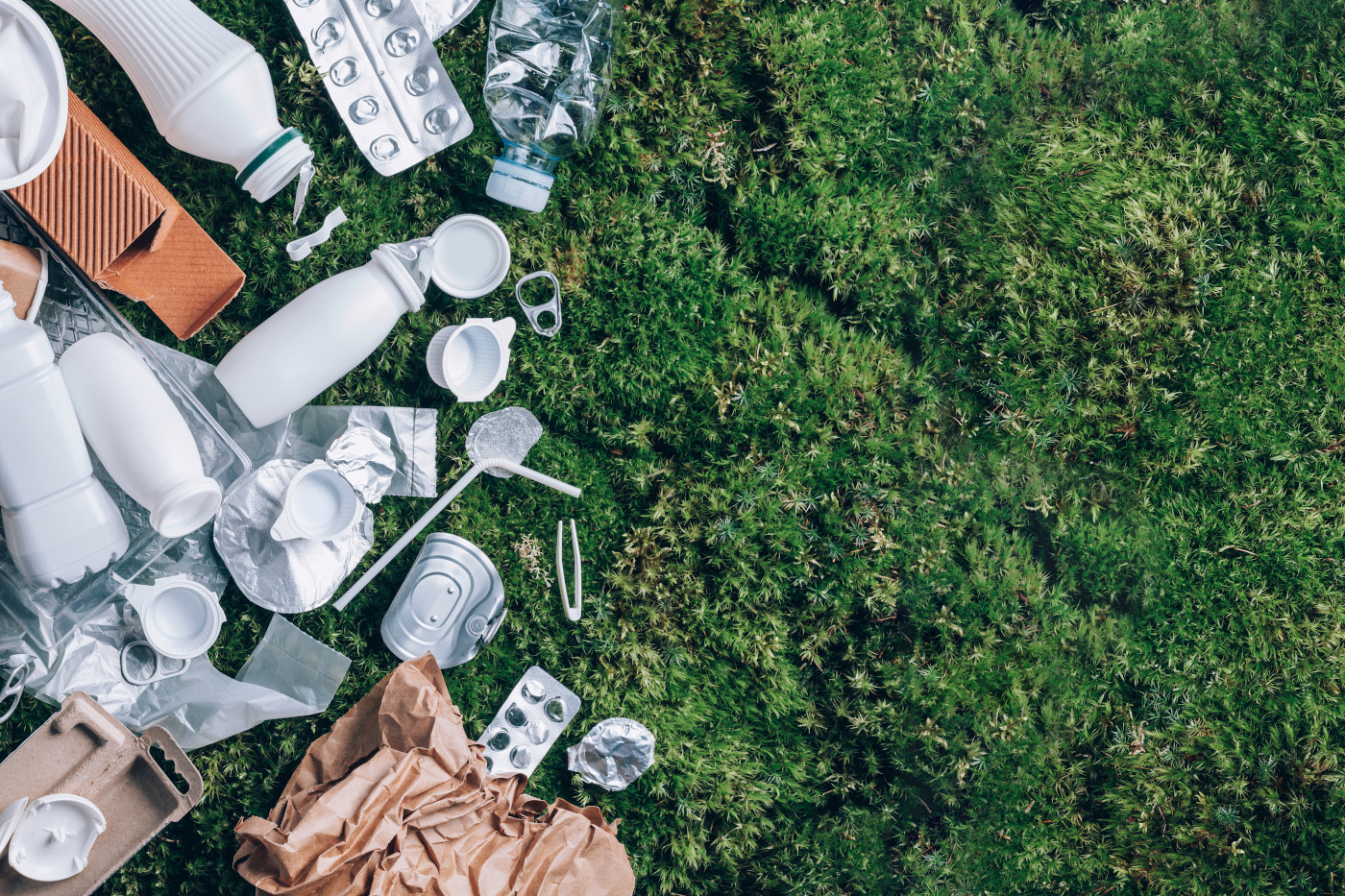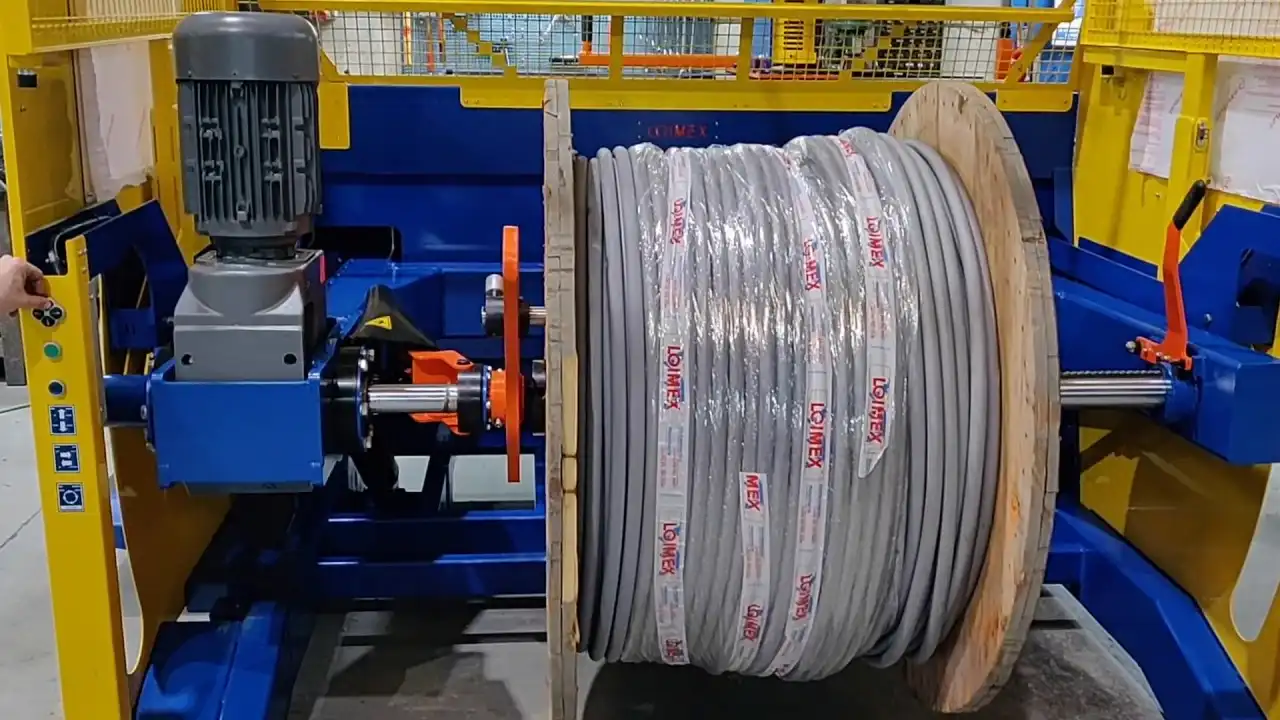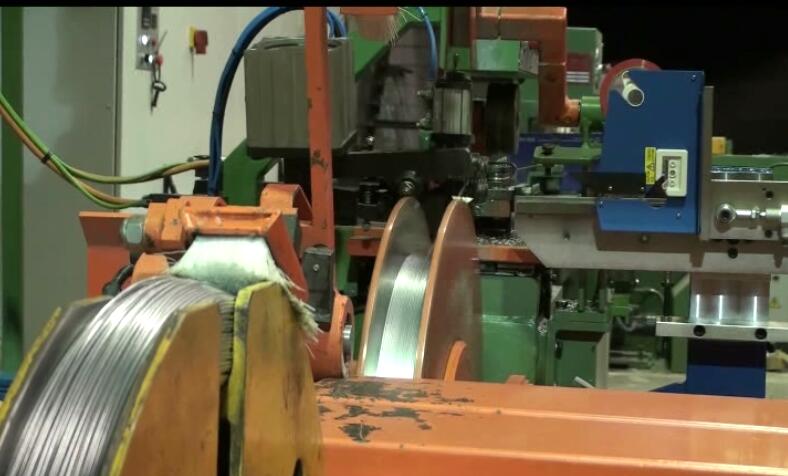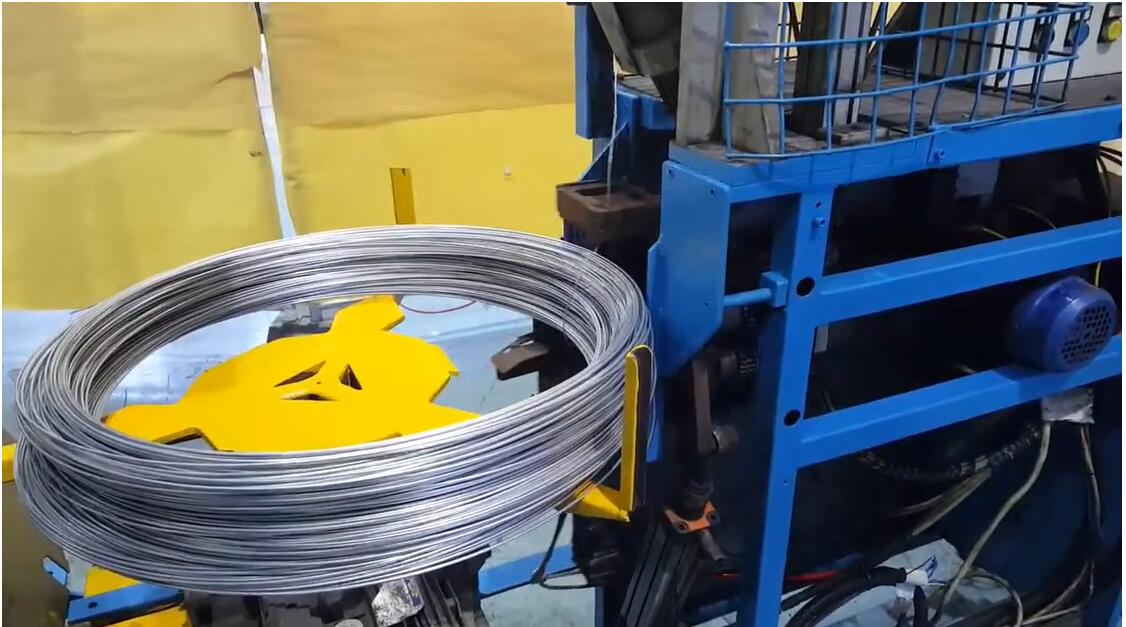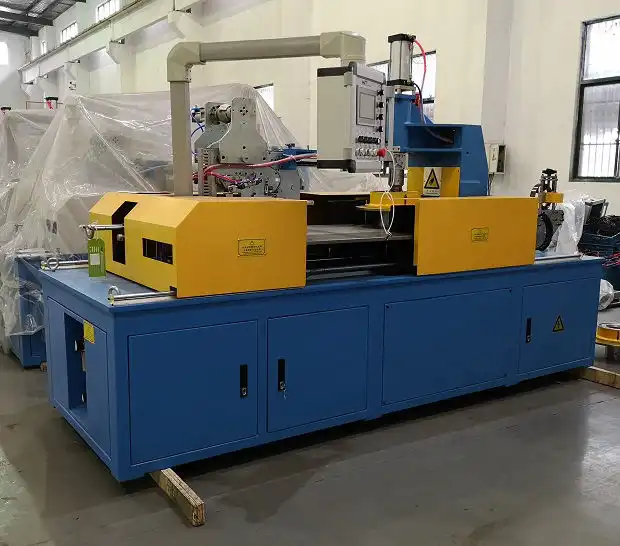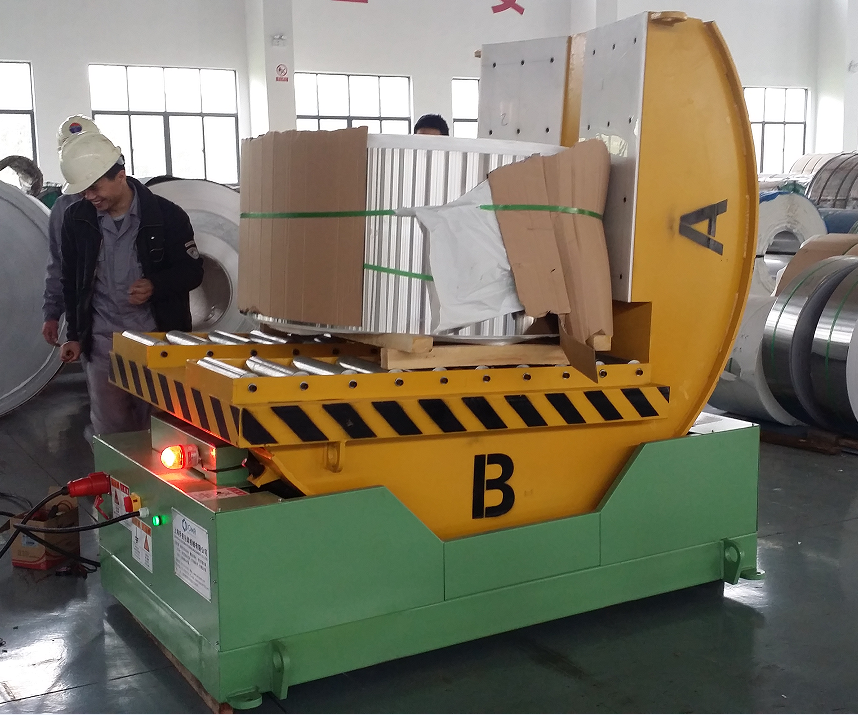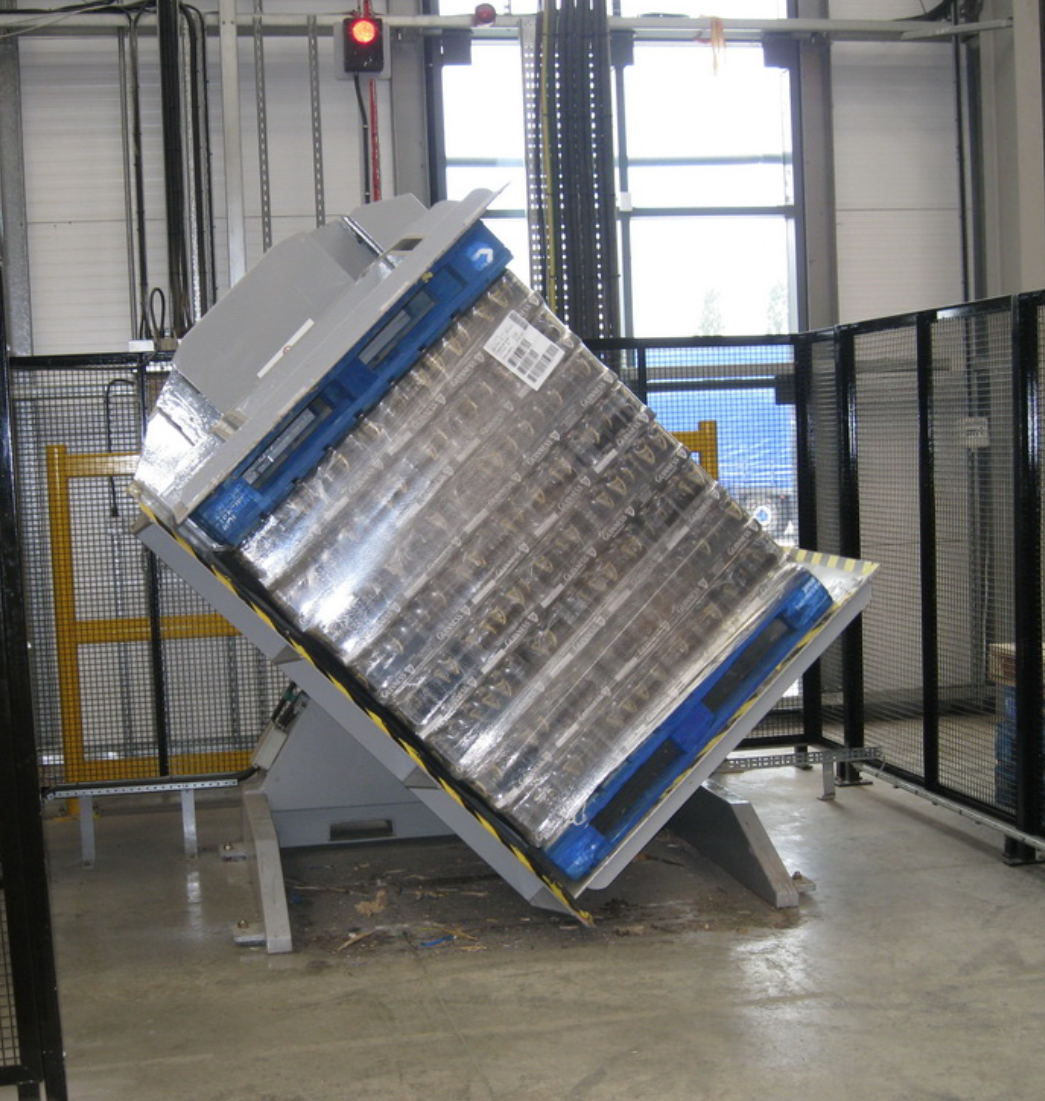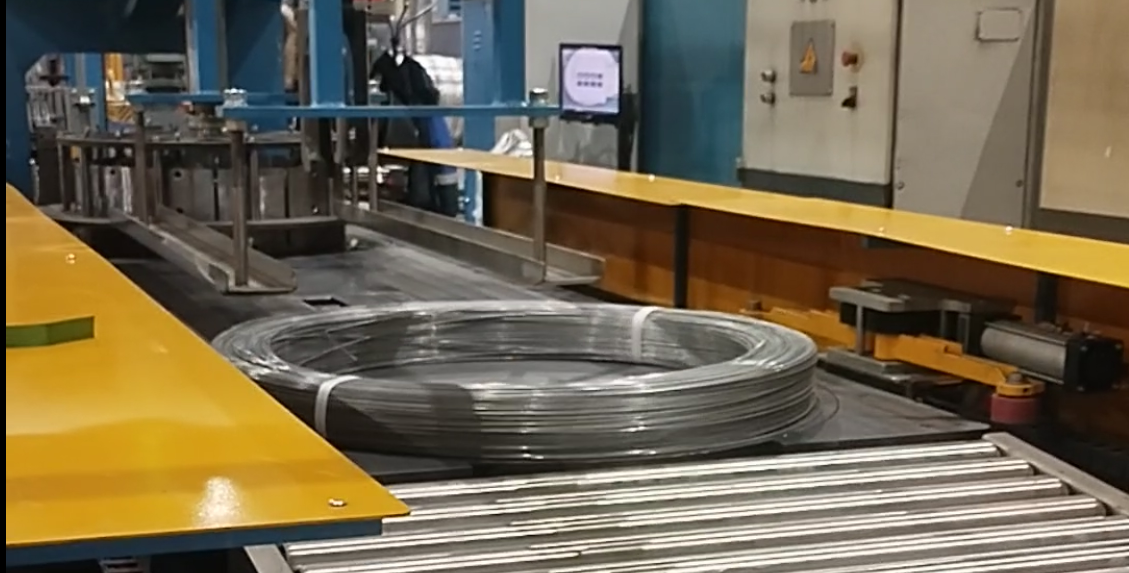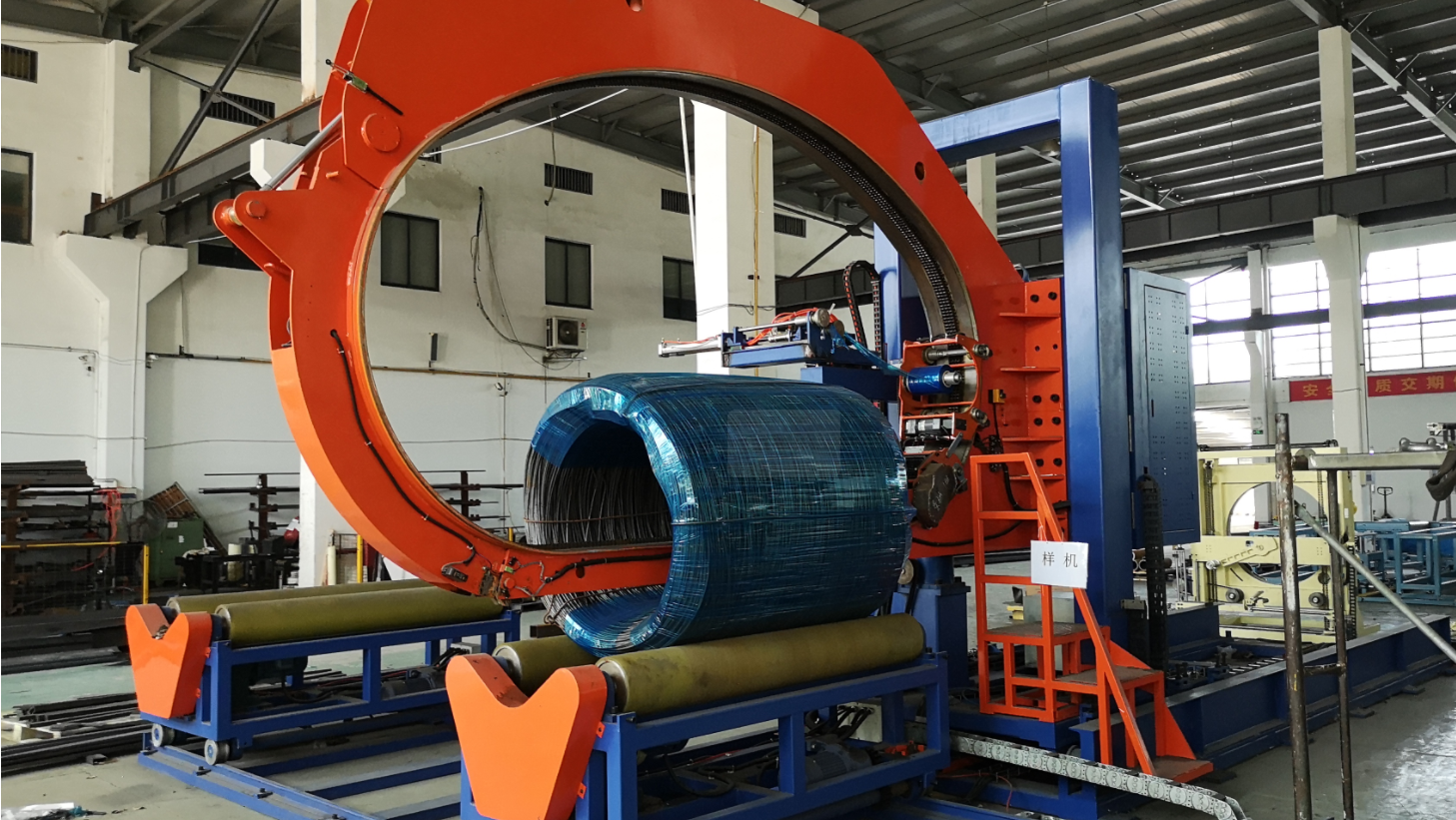Is your packaging process contributing to plastic waste? Discover actionable ways that you can make your coil packaging plastic-free, waste-reduced, and environmentally friendly through strategies like material substitution and green manufacturing.
The Problem with Plastic Coil Packaging
In today’s environmentally conscious market, reducing plastic waste is not just a trend, but a necessity. Every manufacturing industry faces problems with plastic packaging, and generating too much waste. One area ripe for improvement is coil packaging which can be very wasteful. Traditional coil packaging methods often rely heavily on plastics, contributing to landfills and harming ecosystems. Understanding the challenges and implementing sustainable packaging solutions is a dual benefit because it helps the environment and builds consumer trust.
Understanding the Challenges
Several factors contribute to the overuse of plastic in coil packaging:
- Material Overuse: Traditional methods often involve excessive layers of plastic film for protection, much of which is unnecessary.
- Lack of Recyclability: Many plastics used in coil packaging are difficult to recycle further exacerbating environmental harm.
-
Inefficient Processes: Manual packaging leads to inconsistencies in the use of plastic, causing more waste. Challenge Description Impact Material Overuse Excessive layers of plastic film exceeding the required protection level. Increased waste volume and cost Low Recyclability Use of mixed plastics or materials treated with plastic films causing an inability to recycle. Landfill accumulation and environmental damage Process Inefficiency Inconsistent manual application of plastic leading to over or under-wrapping. Material waste, product damage, and increased operational costs Strategies for Reducing Plastic Waste
Manufacturers can use several waste cutting edge strategies for reducing waste in their processes for packaging.
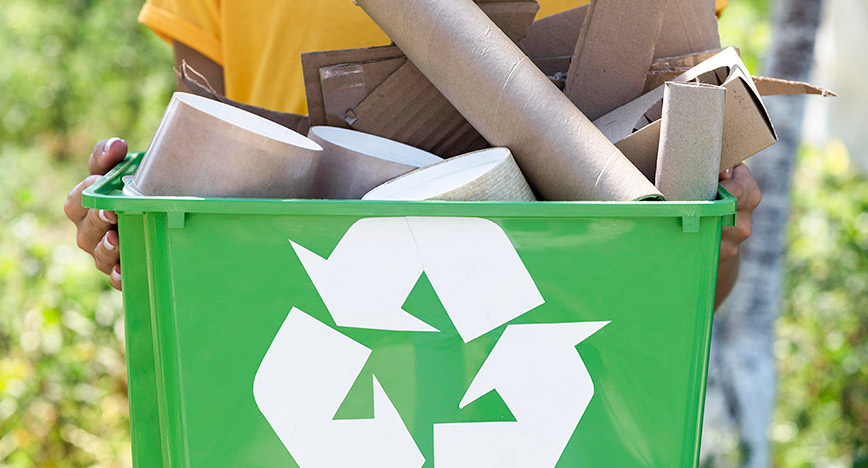
1. Direct Plastic Reduction
Direct plastic reduction involves minimizing or eliminating plastic use in the packaging. This can be achieved through:
- Material Substitution: Replacing plastic with sustainable alternatives.
- Package Redesign: Removing non-essential plastic components.
- Light-Weighting: Minimizing plastic weight without compromising protection.
Material Substitution
Opt for materials with a lower environmental impact than traditional plastics. Some alternatives include:
- Paper-based Wraps: Protective paper wraps can replace plastic film and provide adequate protection.
- Cardboard Options: More durable than paper, cardboard can form a barrier between the coil and elements and be recycled.
- Biodegradable materials: Newer biodegradable options are becoming available.
Packaging Redesign
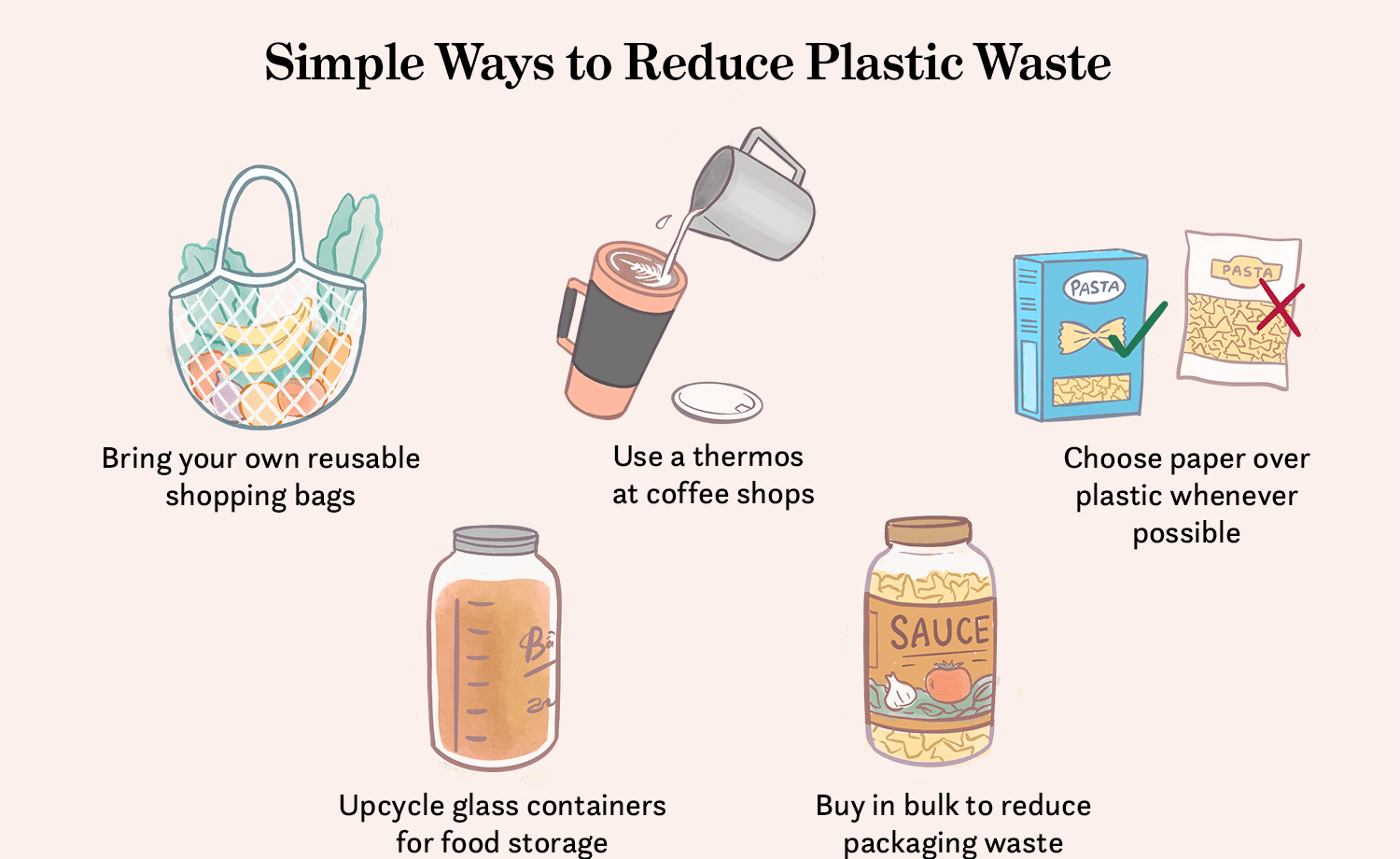
Some plastic components in coil packaging are non-essential. Eliminating these can significantly reduce waste. For example, plastic securing ties can be replaced with alternatives made of cloth, paper, or banding.
Light-Weighting
Even when plastic is necessary, reducing its weight can minimize environmental harm. The beverage industry’s light-weighting of soda bottles offers a blueprint for other manufacturers. See if you can safely reduce the thickness or density of the plastic packaging to reduce waste.
2. Embracing Reuse Models
Adopting a reuse model can increase circularity and reduce the reliance on single-use packaging.
Examples include:
- Return Programs: Establishing a return program where customers can return packaging for reuse.
- Refill Services: Providing refillable coils at a reduced purchase price.
- Standardized Containers Using packaging that can be reused by the manufacturer and by the customer.
Designing for reuse requires thinking critically about the entire lifecycle of your coil packaging including retrieval, cleaning, and redistribution.3. Designing for Recyclability
If eliminating plastic entirely is unrealistic, design the packaging for maximum recyclability. This involves:
- Using Mono-Materials: Constructing packaging from a single type of recyclable plastic to achieve the highest amount of recyclability.
- Avoiding Mixed Materials: Preventing the use of multiple polymers or laminated layers.
For example, Sprite switched from green to clear plastic, and a similar change could impact coil packaging. Clear plastics are easier to recycle into PCR materials creating stronger demand in the marketplace.
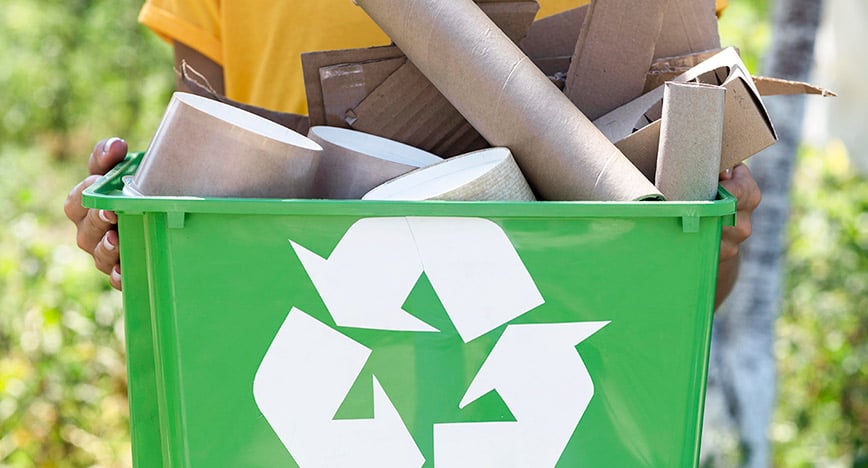
4. Implementing Green Manufacturing Practices
Green is becoming more prominent in industries like plastic reduction. Green manufacturing encompasses both sustainable materials and processes.
- Energy Efficiency: Reducing water and energy consumption in packaging.
- Waste Minimization: Applying strategies to reduce waste in product packaging.
- Supply Chain Optimization: Working with suppliers that adhere to sustainable practices.
Measuring Success: LCAs and Sustainability Goals
To gauge the effectiveness of your waste reduction strategies, do life cycle assessments. LCAs evaluate the environmental impact of your packaging across its entire cycle, from production to waste management.
Prioritize packaging options. - To be plastic-free?
- To drive circularity with PCR plastics and increased recyclability?
- To specifically support bio-based solutions?
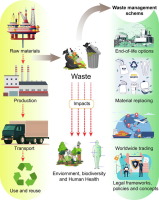
Overcoming Trade-Offs
| There is not a perfect packaging material that can completely solve concerns. Each material has its own strengths, weaknesses, and trade offs that can include, cost, weight, and the energy required for recycling, along with higher shipping costs & shipping emissions. | Material | Advantages | Disadvantages |
|---|---|---|---|
| Glass | Endless recycling potential, non-toxic, preserves product shelf life | Heavy, high shipping costs and emissions, high energy intensity for production | |
| Aluminum/Steel | Endless recycling potential, high levels of recycled content in most formats | Heavier weight leading to higher shipping costs and emissions, energy-intensive mining | |
| Rigid Plastic (Virgin) | Higher recyclability rate than other plastics | Made from fossil fuels which increase carbon emissions | |
| Paper/Cardboard | Highly recyclable, lightweight, lower transport costs and emissions | Lower product protection, decreased recyclability when plastic is added, devastating to forest ecosystems when sourced irresponsibly |
Actionable Steps for Implementation
- Assess Current Packaging: Assess processes, materials, and waste generation.
- Set Reduction Targets: Establish clear, achievable goals and metrics for plastic waste.
- Collaborate With Suppliers: Discuss sustainable options and alternative materials.
- Pilot and Test: Start with small-scale trials to test reduction strategies.
The bottom line
As consumer awareness rises and regulations are introduced for cutting into waste, manufacturers who adopt sustainable packaging practices will be better positioned and more successful in their marketplace. It will improve your brand reputation, reduce costs, and contribute to a healthier planet for the future.
